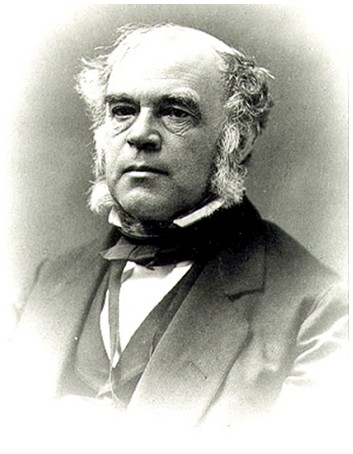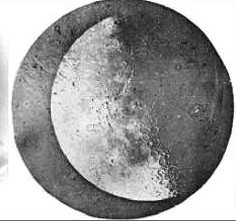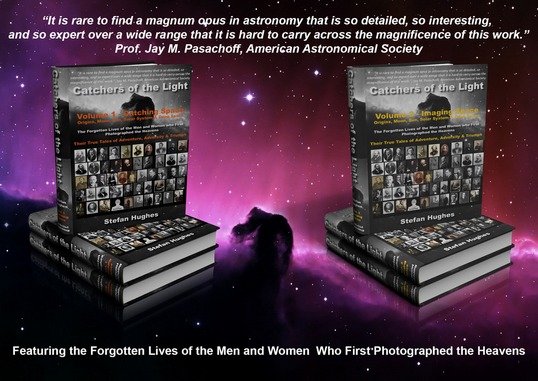'The First Astrophotographer'

Born: 5th May 1811, St. Helens, Merseyside, Lancashire, England.
Died: 4th January 1882, Hastings-on-Hudson, Westchester, New York, USA.
John William Draper is generally recognized as the father of photographic portraiture as well as being the ‘First Astrophotographer’. In 1840, he was the first person to successfully image an astronomical body, when he obtained a Dageuerreotype photograph of the Moon.
John William Draper knew from a very early age that he wanted to become a scientist; yet he became much more than he could ever have imagined. Not only did he realize his ambition of a career in Science, but he also became one of the great pioneers of the new Art of Photography and the very ‘First Astrophotographer’.
In early 1840 John William Draper obtained a clear Daguerreotype image of the Moon. It was the first time anybody had ever successfully obtained a photograph of any astronomical object. It was the beginning of Astrophotography and the first evidence that photography could be of great value as a serious tool for scientific study.
To understand how John William Draper, the son of an itinerant English preacher grew up to become an American citizen and one of the ‘Photographic Greats’; we must start as always at the beginning - not in New York State where he spent most of his life but in the town of St. Helens, Lancashire, England, in the early years of the nineteenth Century when its King was mad, its Regent was little better and a new world across the Atlantic Ocean was beckoning to many.
To read more on his life and work read the eBook chapter on John William Draper: or buy the Book 'Catchers of the Light'.

The Moon by John William Draper, 1840

Buy the eBook or Printed Book at the 'Catchers of the Light' shop.